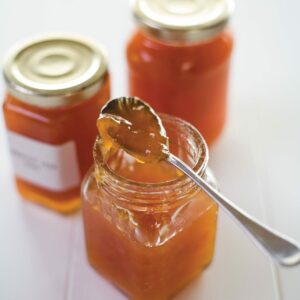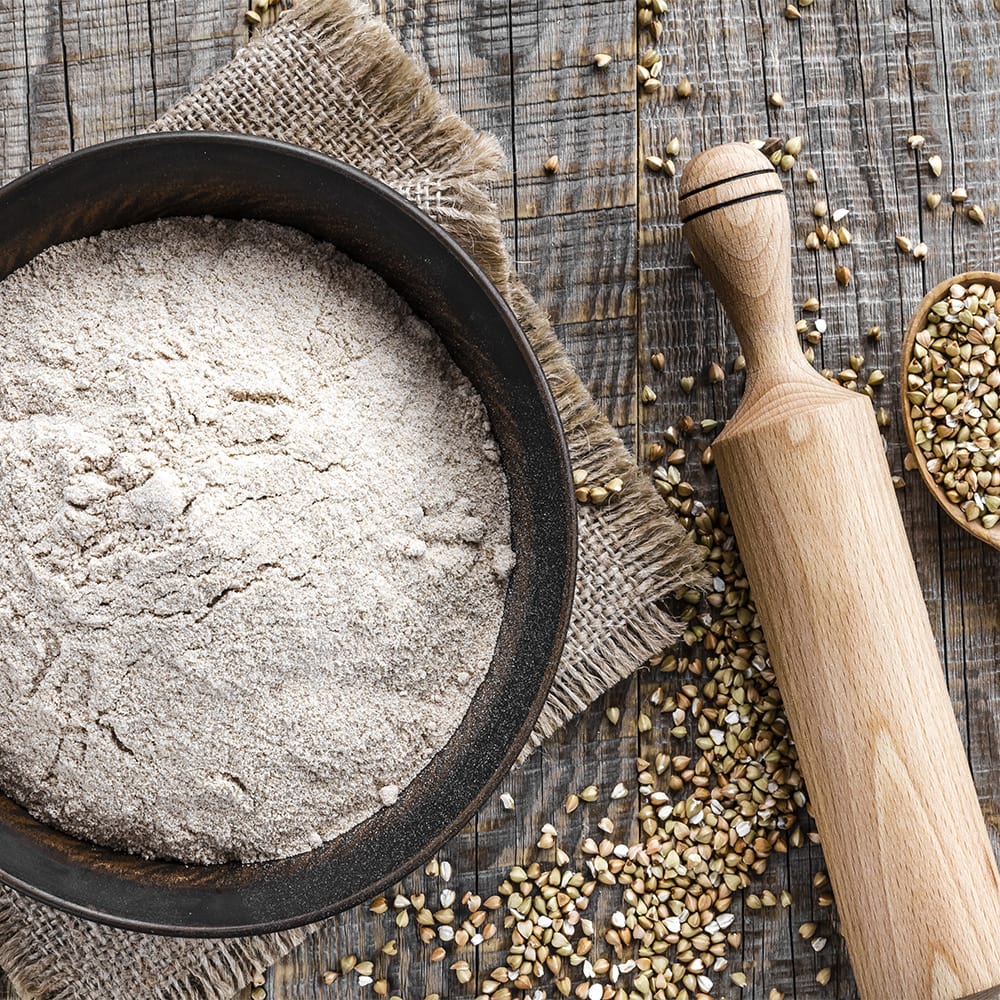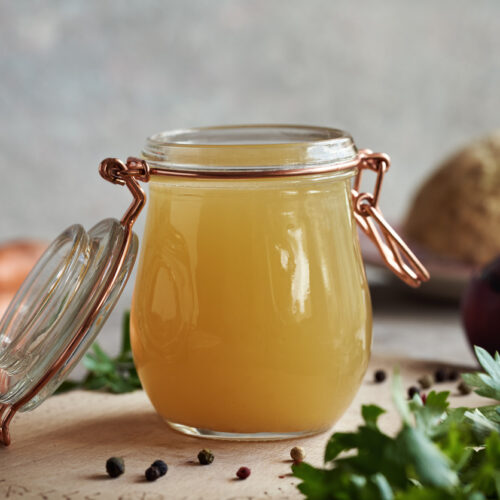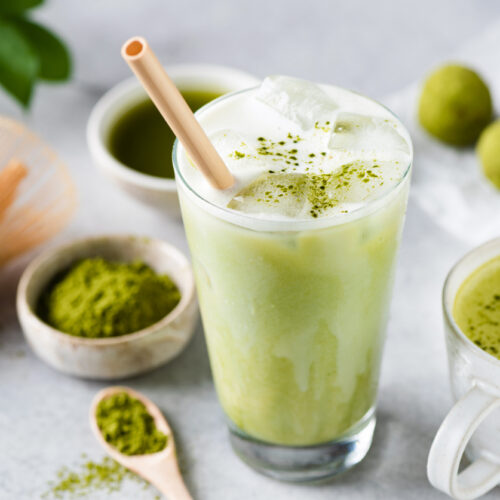
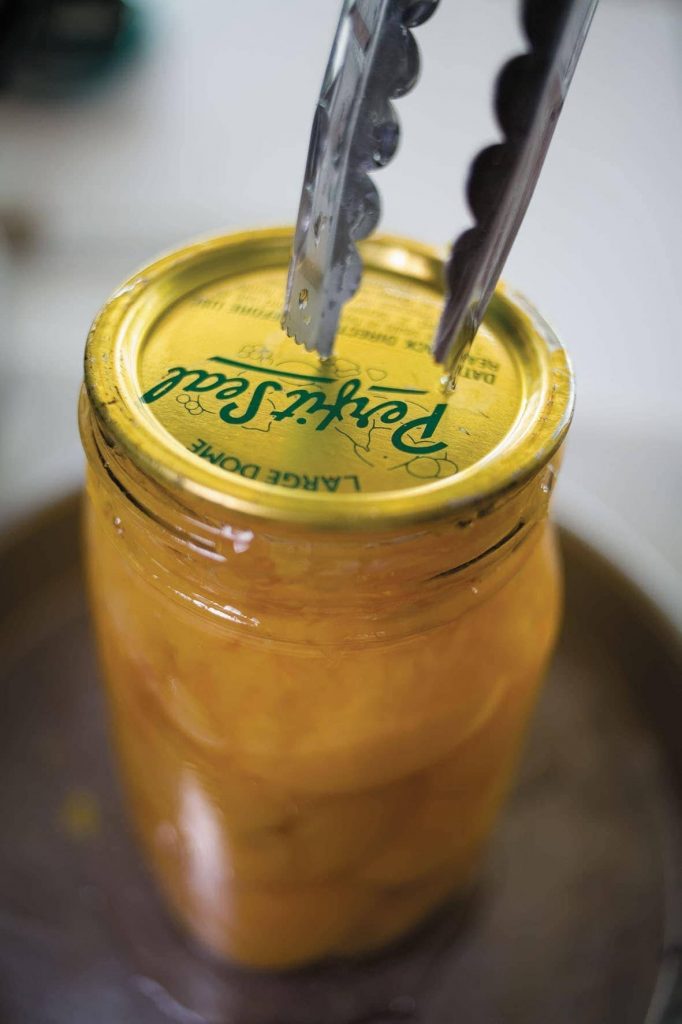
Preserved peaches
Ingredients
- See instructions
Log In or Sign Up to save this recipe to your shopping list.
Instructions
1 I prefer a light syrup for preserving fruit so the fruit flavours are not overpowered by sugar. I use a ratio of 1 cup of sugar to 3 cups of water.
2 To fill a standard large preserving jar you will need around 1kg of fruit. Ideally use ripe, unblemished fruit, but fruit that is slightly under-ripe will develop good colour and flavour once cooked so don’t discount the fruit of an old tree that won’t fully ripen or a bag of fruit picked for sale too soon.
3 Sterilise the jars you intend to use by placing them in an oven heated to 120°C for at least 15 minutes.
4 To make the syrup, combine the sugar and water in a large pan and bring to a gentle simmer. Prepare the jar seals by pouring boiling water over them and letting them become flexible. Wash the peaches, peel them and either leave whole or cut into halves, quarters or slices – if you leave them whole the stones can be easily picked out when the fruit is served.
5 Add the peaches to the syrup and cook until soft when pricked with the point of a knife. They should be just tender.
6 Using tongs, lift a hot clean jar out of the oven and place it in a heatproof dish. Pack the fruit into the hot jar. Real preserving experts make an art of filling the jar in neat layers, stacking sliced fruit in a herringbone pattern up the sides of the jar; the rest of us just pile it in.
7 When the jar is full to the rim, ladle in some very hot syrup then slip a long flexible knife (a filleting knife is ideal) down the insides of the jar to release air bubbles, then quickly top up the syrup again.
8 Place on a seal so that when you press the seal down, excess syrup flows down the sides of the jar.
9 Keeping pressure on top of the seal so no air gets in, screw the screw band into place.
1 0 Set the jar aside to cool. When completely cool, wash all the sticky syrup off the sides of the jar, add a label with the date and store until required.
1 1 As the contents cool, a vacuum is formed. The seal will contract and become slightly concave. It will give a reassuring pop, confirming the contents are fresh (when you come to open the jar).
Variations
Use the same method to preserve the following fruits:
- Apricots: wash, cut into halves and remove the stone.
- Pineapple: peel and slice removing tough core or cut into chunks.
- Plums: wash and cut into halves, remove the stone or leave whole.
- Pears: peel, cut into halves or quarters and remove core.
HFG tip
- Make sure every utensil is sterilised and that the jar, seal, fruit and syrup are scalding hot. If your seal does not form a vacuum when cool, the filling was not hot enough. Remove the seal and reheat in boiling water. Place the full jar in the microwave and heat until the filling is boiling hot. Pour boiling water into the top of the jar until it overflows (yes, over the top of the existing fruit and syrup; you are just topping up and ensuring a good seal).
- Replace the seal in the manner described above.
Nutrition Info (per serve)
-
Calories 163 cal
-
Kilojoules 680 kJ
-
Protein 1.3 g
-
Total fat 0.7 g
-
Saturated fat 0.1 g
-
Carbohydrates 38.1 g
-
Sugar 38.1 g
-
Dietary fibre 2.1 g
-
Sodium 8 mg
-
Calcium 10 mg
-
Iron 0.5 mg
© Healthy Food Guide All rights reserved. Reproduction without written permission prohibited.
Sign up for the  newsletter
newsletter
Delicious recipes and expert health advice you can trust, delivered to your inbox.
RELATED ADVICE LATEST ADVICE




